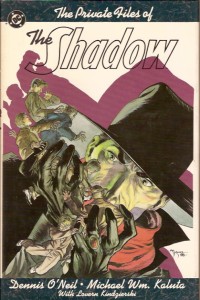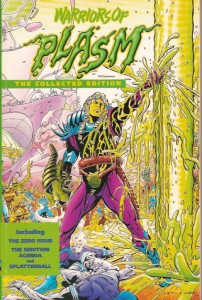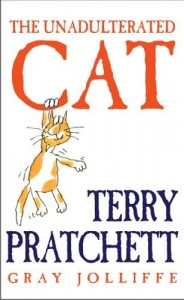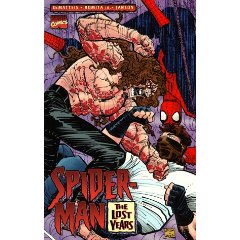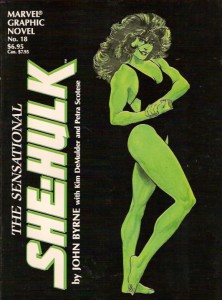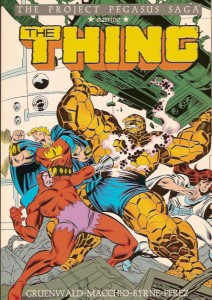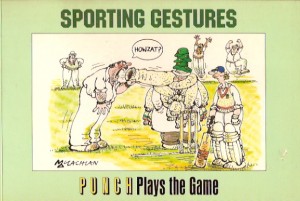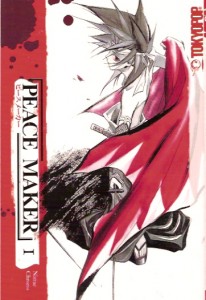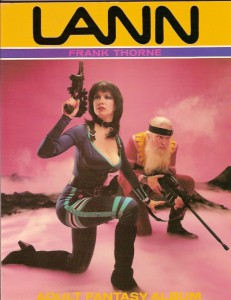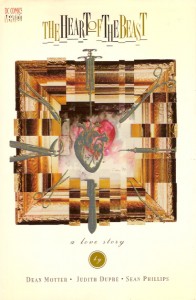
By Dean Motter, Judith Dupré & Sean Phillips (Vertigo)
ISBN: 1-56389-145-X
From the early days of DC’s Vertigo imprint comes this disturbing reworking – or more accurately contemporary sequel – to one of literature’s greatest stories of mystery and gothic imagination. Dean Motter is a creator with a singularly unique voice and style and his collaboration with Judith Dupré on this moody script adds a chilling edge to a fantasy which is suitably sub-titled “a love storyâ€.
Released as an original hardcover graphic novel it tells of Sandra, who spends a fateful night tending bar at a New York Gallery opening paid for by the rich but creepy celebrity plastic surgeon Dr. Andrew Wright. Even in the supremely decadent world of the Art Glitterati the surgeon is infamous, with dubious connections to the high and mighty and the down and dirty.
So Sandra is surprised when she meets the beautiful, sensitive Victor, a poetic rose among crass, wealthy thorns. Despite herself she is drawn to the mysterious paragon who seems so much more than Dr. Wright’s factotum and dogsbody.
A man of many secrets, Victor is almost the ideal lover, but his devotion to the shadier side of the doctor’s dealings with gangsters and art forgers augers nothing but disaster for their budding relationship. Furthermore there is some hideous secret he is keeping from her – an obstacle not even the truest love can overcome…
I’ve tried to keep the origin of the source work as vague as possible here since the unfolding secret is well-handled and adds to the dawning horror of the situation. The love-story spirals to a tragic conclusion that echoes that of the classic novel, and the beguiling painted art of Sean Phillips heightens the mood, evoking the distant past and spotlighting the harsh modern world with equal skill.
This tale failed to find a large audience when first released, but it’s a solid story superbly told and I’m convinced it would do well if released today – especially in a more economical paperback edition.
© 1994 Dean Motter & Sean Phillips. All Rights Reserved.

